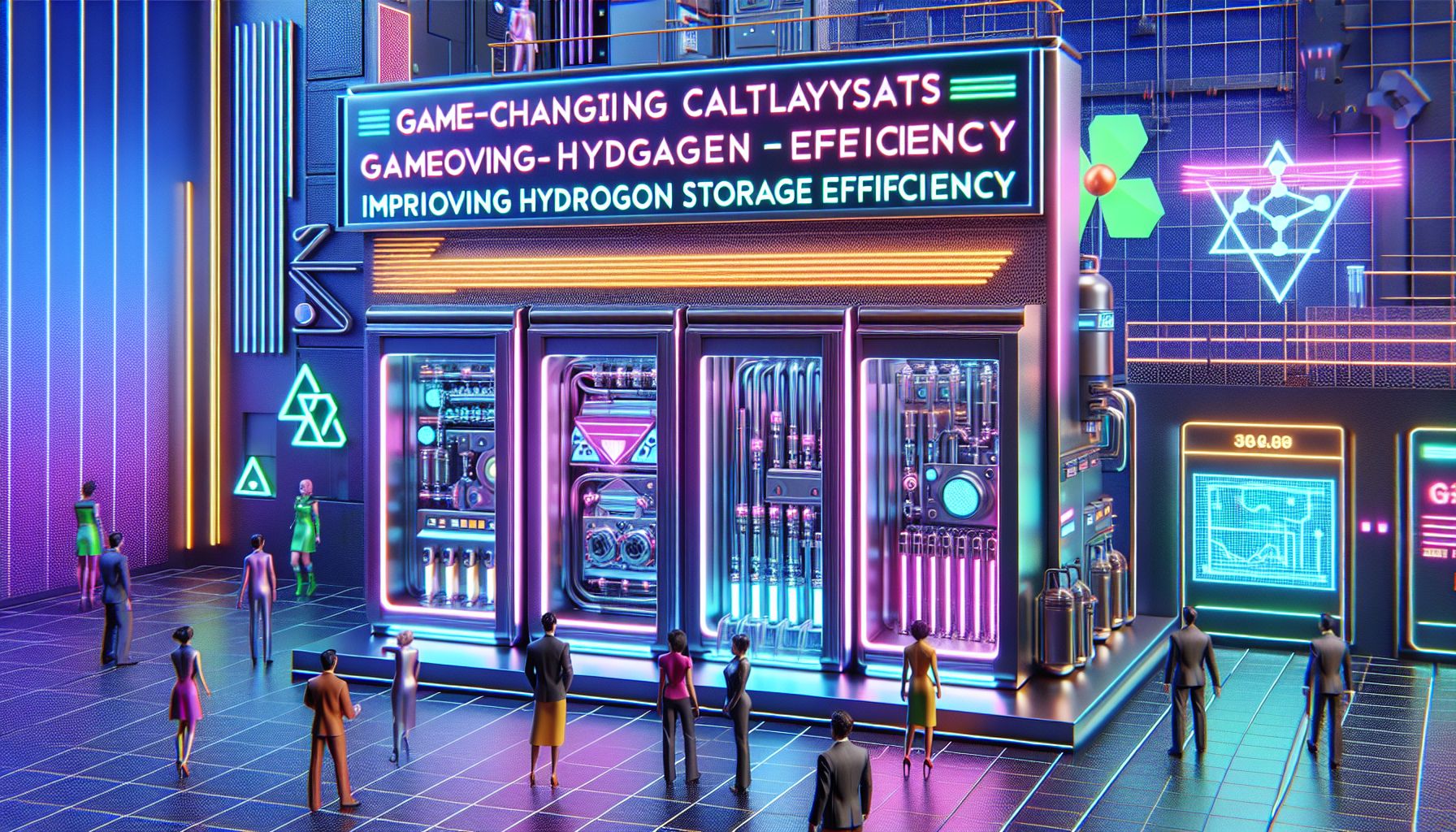Game-Changing Catalysts Revamp Hydrogen Storage Efficiency

International, Monday, 17 February 2025.
New CoN/CoP catalysts greatly boost hydrogen storage, cutting costs and enhancing efficiency. A sustainable hydrogen economy is nearer, and these innovations make it more achievable.
Breaking Ground in Hydrogen Storage
I’m excited to share how we’re revolutionizing hydrogen storage technology. Recent breakthroughs in catalyst development have achieved remarkable efficiency gains, particularly through ammonia borane hydrolysis - a process capable of delivering an impressive hydrogen capacity of up to 6500 Wh·kg−1 [1]. What makes this especially significant is its environmental safety profile, offering a sustainable alternative to traditional methods [1].
The Technical Leap Forward
The game-changer here is the development of sophisticated CoN/CoP heterostructures. I’ve been following the evolution of catalyst efficiency, and it’s fascinating to see how researchers have pushed the boundaries. For instance, the implementation of carbon dots-constrained CoP-CoO nanohybrid structures achieved a remarkable turnover frequency of 89.56 min−1 [1]. That’s significantly higher than previous iterations, showing just how far we’ve come in optimizing these systems.
Environmental Impact and Future Prospects
This innovation couldn’t come at a more crucial time. With fossil fuels still dominating 82.3% of global energy consumption [2], we desperately need sustainable alternatives. I’m particularly encouraged by how this technology aligns with the UN’s 2030 Sustainable Development Goals for affordable, reliable energy [2]. The timing is critical - especially considering projections that nearly a third of the global population could face heat waves by 2090 [2].
The Path Forward
One of the most promising aspects of this development is the integration of MXene as a support material [1]. I’ve seen how it enhances specific surface area and improves electron transfer, crucial factors for optimal catalyst performance. The innovative use of Ru-doped structures represents a significant step forward in addressing previous limitations in electron transfer and active site availability [1].